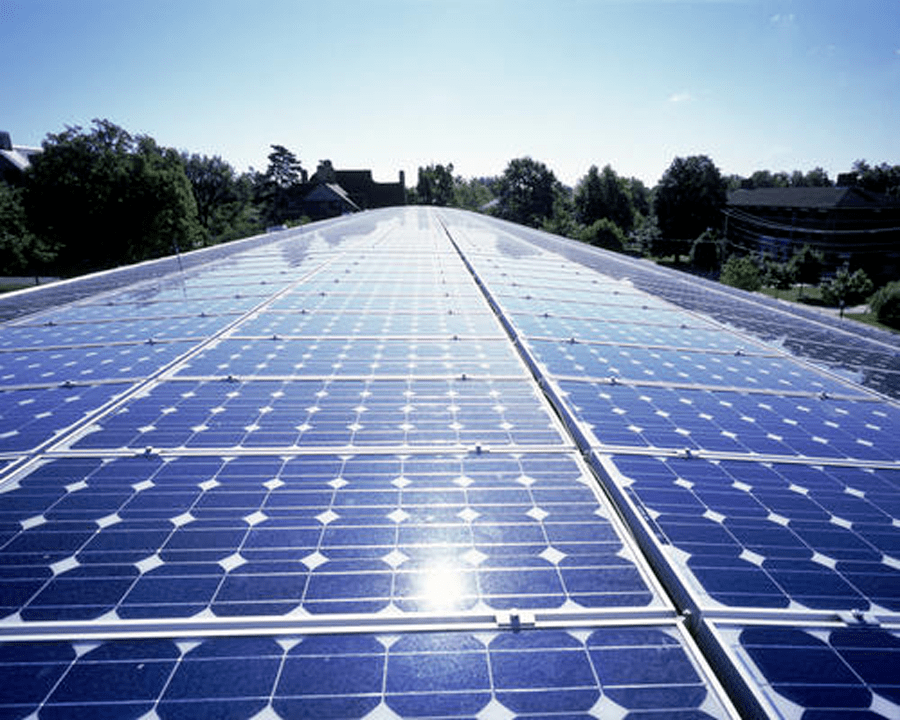
Hope is a thing with wheels: Bicycling toward a better future post-COVID
Bicycling is a reminder that a different world is possible – a world where people move a bit slower but more joyfully; where our neighborhoods are transformed from places to get through as quickly as possible to sites of exploration, wonder and genuine community; and where the pollution and noise of cars and trucks is seen for what it is: optional, and not an unalterable fact of life.
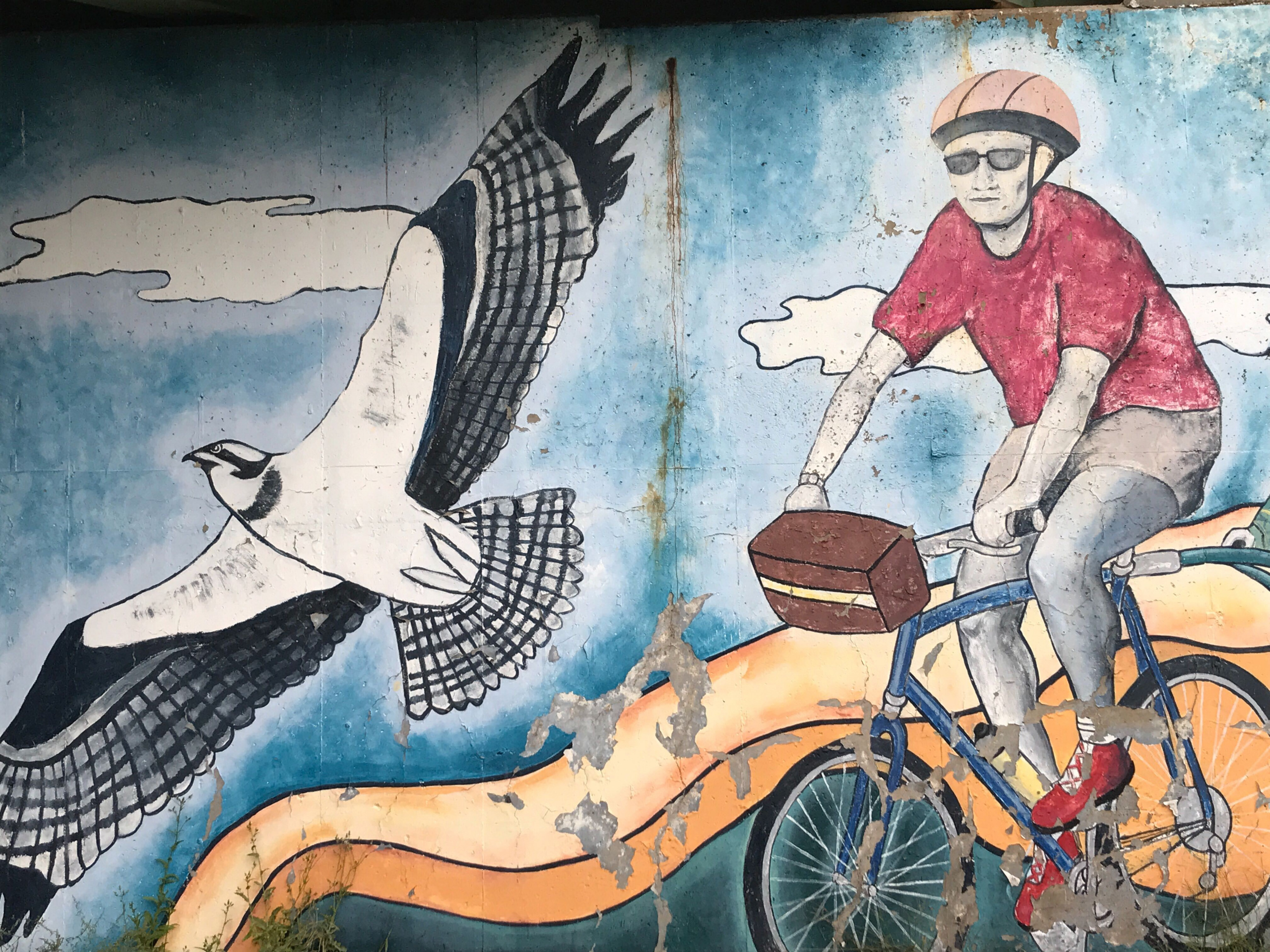
2020 has been a difficult year, but despite all the pain and uncertainty, there are still signs of hope for a brighter future. This week, Frontier Group analysts share stories of the societal changes, technologies and movements that inspire us.
Bicycling in an American city is fun, great exercise and a way to do one’s part against climate change.
But it’s more than that. Bicycling is a reminder that a different world is possible – a world where people move a bit slower but more joyfully; where our neighborhoods are transformed from places to get through as quickly as possible to sites of exploration, wonder and genuine community; and where the pollution and noise of cars and trucks is seen for what it is: optional, and not an unalterable fact of life.
Bicycling helps you see the world differently. And with all the gloom of the last six months, boy have we needed to see the world differently.
I’ve been riding my bike a little less than usual since the pandemic hit, my 5-mile commute having been transformed into a 5-second one. I haven’t stopped biking, though, just changed my destinations. Instead of taking me downtown, my occasional morning rides have taken me to nearly every neighborhood in Boston.* Those rides have given me hope – revealing the real progress the city of Boston is (finally) making in providing safe routes for cyclists and helping me to reconnect with the daily life of my city in a different way.
More people have been experiencing life on two wheels during the pandemic. Bike sales have boomed, leading to a bike shortage as manufacturers struggle to keep up with demand. Bike ridership is up nearly everywhere (except in cities that saw a dramatic decline in bike commuting during COVID-19). Many cities, meanwhile, have done what has often seemed difficult during “normal” times, repurposing space on streets to accommodate and encourage the influx of people on bikes and on foot.
The surge in bicycling is one of several recent changes – including the demise of the traditional commuting “rush hour” and the financial crisis facing public transportation – that will have implications long after COVID-19 has gone. Whether the “bike boom” grows or fades, the ways in which we get around our communities – indeed, our notions of what our transportation system is built to do – will never be the same.
It’s a frame shift that’s been a long time in coming. We’ve written for nearly a decade that the assumptions and models used to justify America’s transportation policy are irredeemably broken. The assumption of continuous, rapid growth in vehicle travel; the assumption that gas tax revenue will cover the cost of roads; the assumption that vehicle throughput and speed should be the metrics by which we measure the success of the transportation system – all of them are well past their sell-by date. And yet they continue to shape how we think and talk about transportation around our kitchen tables, in the media and in the highest levels of government.
The experiences of the last six months give us the opportunity to hit the reset button on that conversation. The recent fall in auto traffic and impending governmental fiscal woes make this a good time to stop wasteful and destructive highway expansion projects designed to accommodate rush hour travel that may never fully return. The pandemic and the seemingly never-ending onslaught of climate catastrophes provide even more reason to emphasize public health and the environment when making transportation decisions. The racial justice movements that gained force this past summer create an opportunity to ensure that the freedom to move safely through public space on foot or on a bike is finally guaranteed to everyone, in every community. And the need to transport essential workers to jobs during a pandemic should serve as a reminder that public transportation is an essential service that needs to be preserved (and improved).
Building a better “new normal” requires us to think differently about how we move around our communities. That won’t be easy, but it can happen. And there are signs that the kind of long-overdue, significant transportation reform that can redirect the flow of federal dollars away from boondoggle projects and toward meaningful investments in our communities is finally on the table.
It can only help that more Americans have experienced our transportation system from the seat of a bike during the pandemic – feeling the vulnerability and fear, as well as the joy and freedom, that comes with traveling through our cities and neighborhoods on two wheels.
For me, biking around Boston has provided sparks of energy and light during a period when hope has often been hard to find. We all need to be reminded from time to time that a different world – a better world – is possible. Let’s hope that amid the pain and tragedy of 2020, a bit of that sense of possibility carries over into our continued efforts to build a healthier and more sustainable transportation system.
* East Boston, I’m coming for you next!
(Photo: Mural along the Neponset River Greenway, Dorchester, MA. Photo by the author.)
Topics
Authors
Tony Dutzik
Associate Director and Senior Policy Analyst, Frontier Group
Tony Dutzik is associate director and senior policy analyst with Frontier Group. His research and ideas on climate, energy and transportation policy have helped shape public policy debates across the U.S., and have earned coverage in media outlets from the New York Times to National Public Radio. A former journalist, Tony lives and works in Boston.
Find Out More
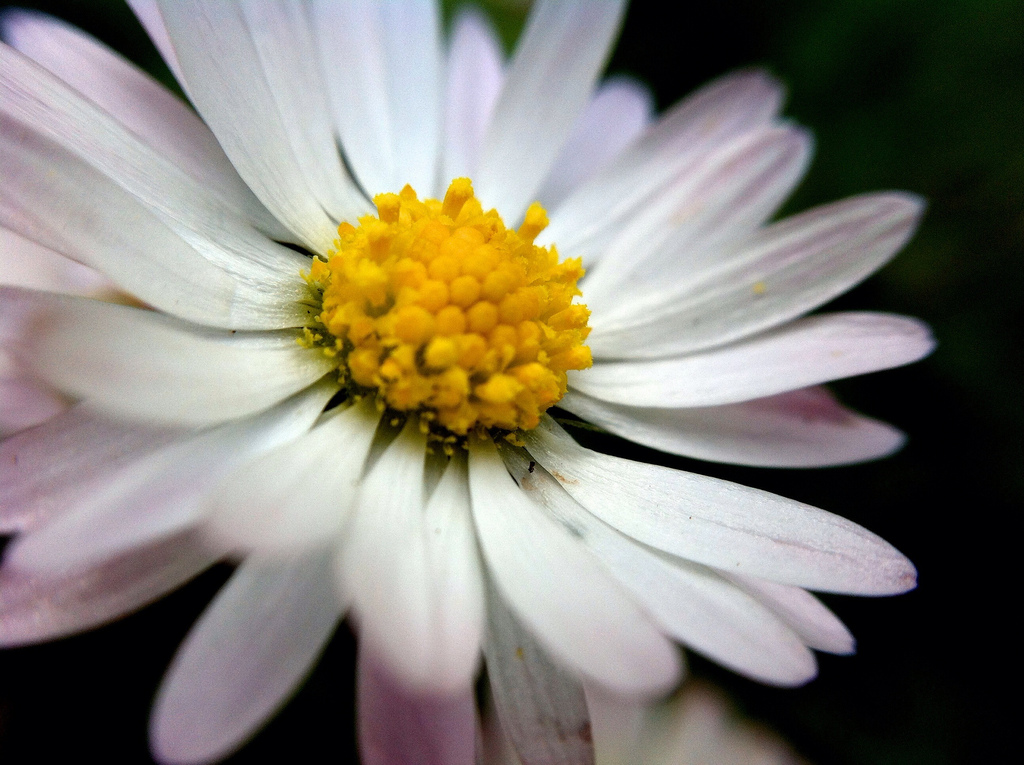
Frontier Group at 25: A clean energy future
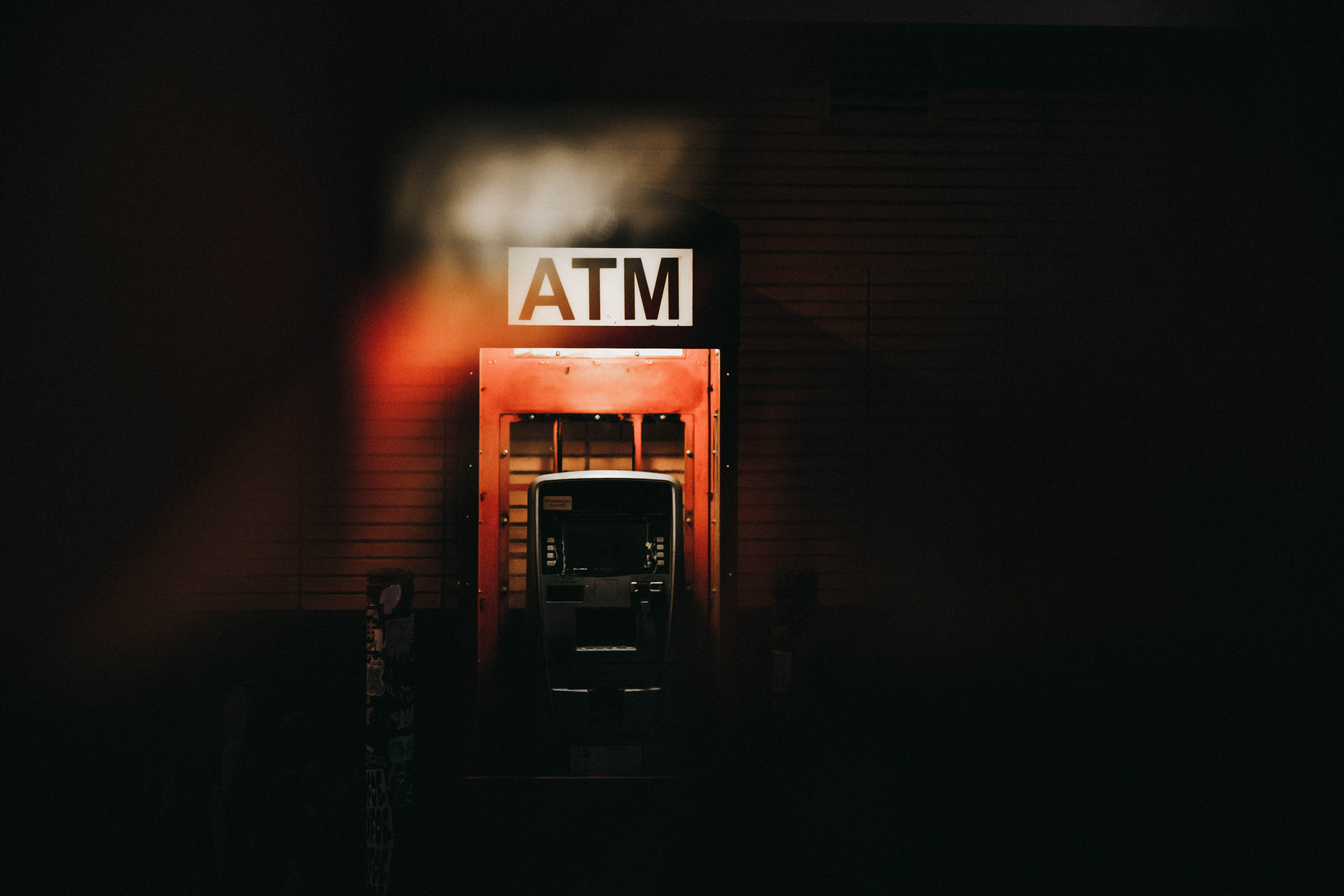
Frontier Group at 25: Defending consumers in the financial marketplace
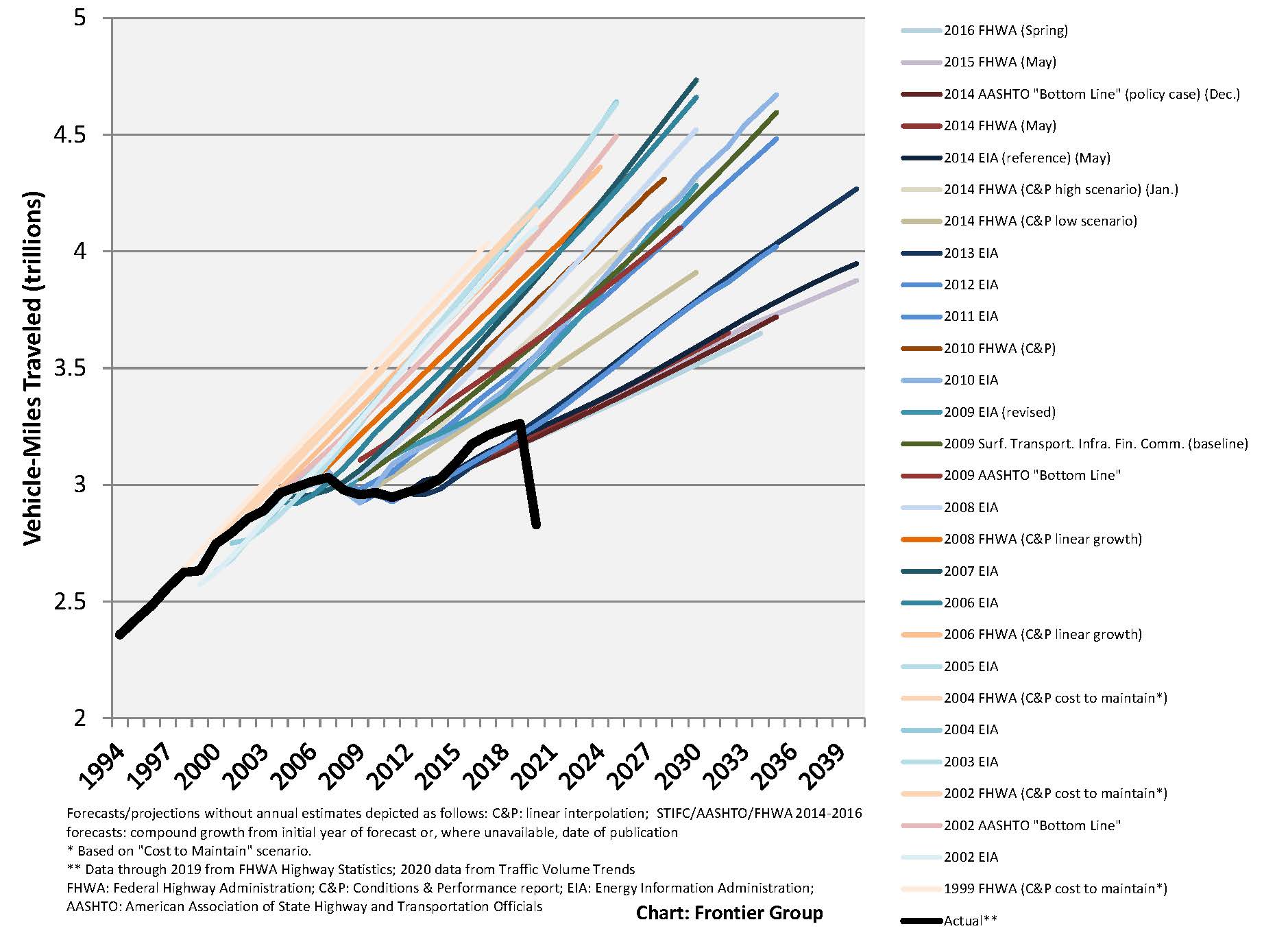
Frontier Group at 25: Transportation for a new generation
